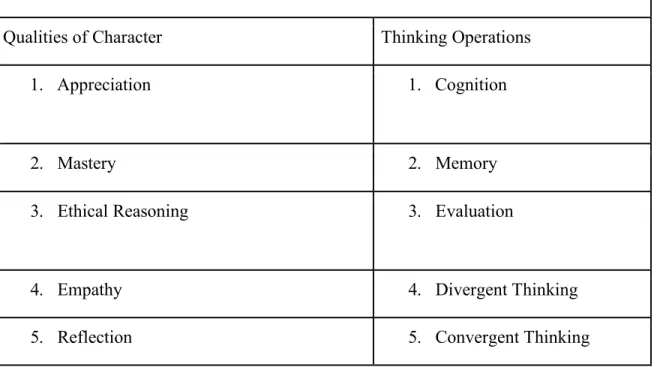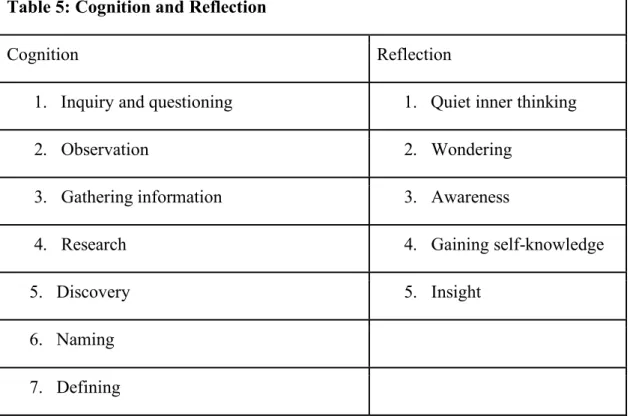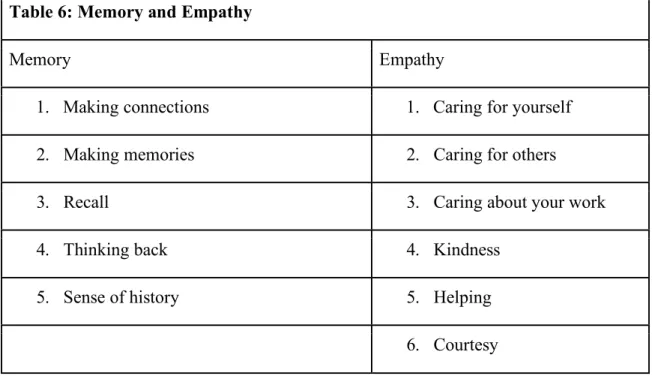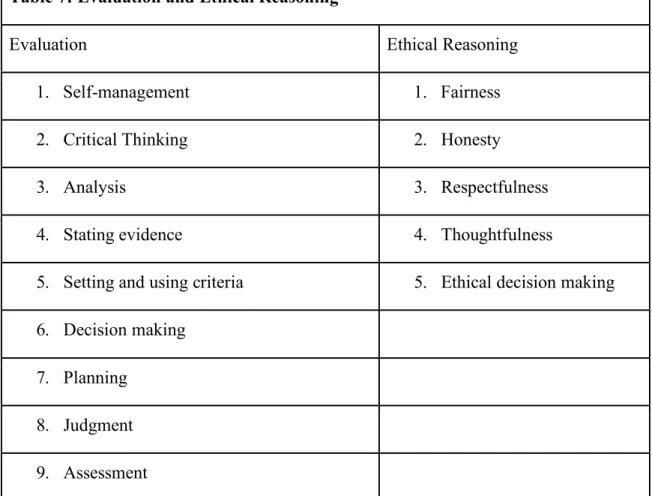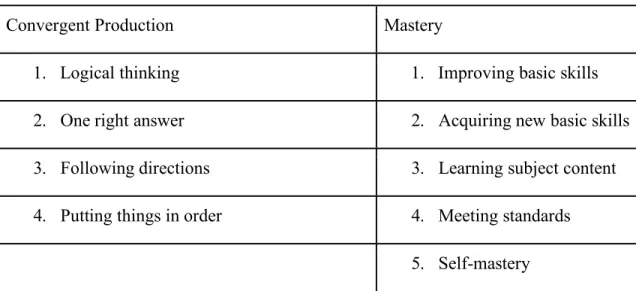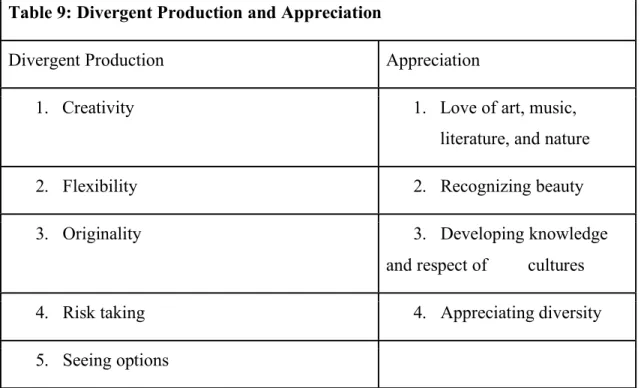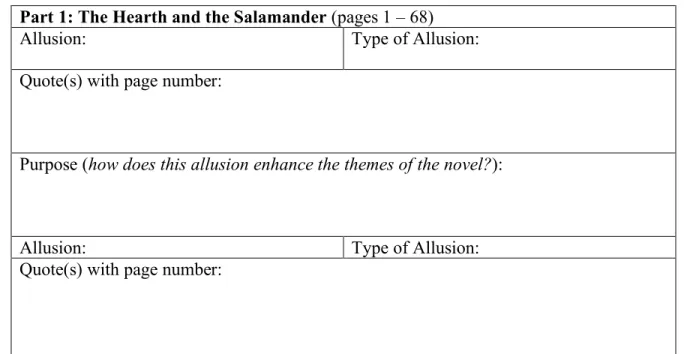This curriculum design serves to demonstrate an example of how social and emotional learning can be implemented in a standard ninth grade English language arts classroom. The main teaching practice that will be examined in this dissertation is the Teaching for Intellectual and Emotional Learning (TIEL) model, which uses ten complex thought operations and character qualities as fundamental learning categories. The dissertation will be split into two main sections exploring topics such as the relationship between educational philosophy and various social and emotional learning forms.
Guilford, greatly influenced the development of Christy Folsom's teaching model for intellectual and emotional learning.
Literature Review Social and Emotional Learning Pedagogy
This dissertation will use the Collaborative for Academic, Social, and Emotional Learning's (CASEL) definition of social-emotional learning to frame the research and understanding of the concept. Student-centered practices develop social and emotional learning, which is an important part of education. Folsom (2009) calls for a more explicit teaching of social and emotional learning, saying that “teachers need to do that.
The outcome of his research will be explored in the next section, Impact of Social and Emotional Learning on Learning Outcomes. Although research is still limited in scope, the impact of social and emotional learning in schools is well documented. Furthermore, the goal of social and emotional learning is to create students and teachers who are self-reflective.
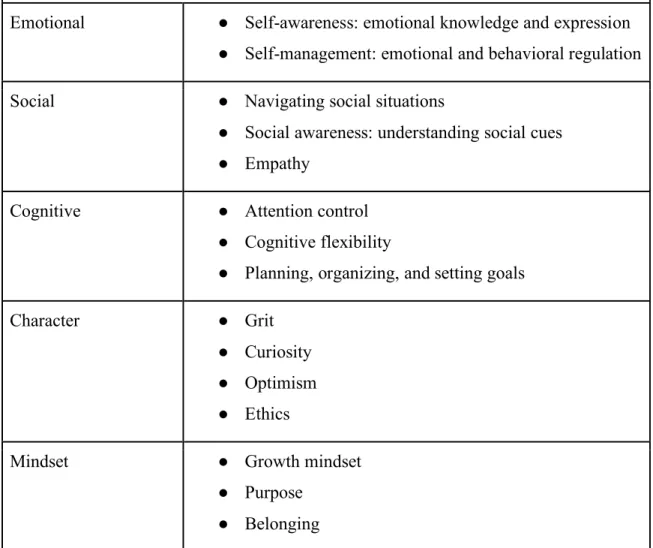
Curriculum Design
Self and Identity Overview
The students will formulate connections of events that took place in the 1950s with situations in Fahrenheit 451 (DOC 2). The students will use textual evidence to formulate their response to the fishbowl/writing assignment (DOC 3). The students will engage in analysis and critique through the fishbowl discussion (DOC 4) .. 1) The teacher will distribute copies of Kurt Vonnegut's short story "Harrison Bergeron".
On the index card, students will write a thought statement or a question in response to the reading. Students will analyze and interpret Plato's "The Allegory of the Cave" and apply that knowledge to the events of Fahrenheit 451. Students will identify allusions and symbolism and make observations about what they contribute to the deeper meaning of the text.
The teacher will distribute copies of Plato's Allegory of the Cave to all students. Allegory (n.): the expression by means of imaginary symbolic figures and actions of truths or generalizations about human existence (Merriam Webster). After showing the video "Allegory of the Cave", the teacher will ask the students to re-read the story and write a summary about the story.
Have students brainstorm other allusions to Plato's "Allegory of a Cave" in media they have seen or read (eg The Matrix). The students will cite textual evidence of characterization, focusing specifically on the protagonist Guy Montag (DOC 3).
Self and Community Overview
The students will use evidence to develop a logical argument in response to the question: "Is the use of Native American images and names in professional,. The Atlantic Ocean: "The poem Sherman Alexie made to drop everything and to be a poet" (Fassler, 2013). Literary Analysis Essay Questions: In Kate Chopin's The Awakening (1899), protagonist Edna Pontellier is said to possess "that outward existence which corresponds, the inward life which questions" (" AP English Literature and Composition 2005 Free-Response Question”).
Consider the phrase "the danger of a single story." What comes to mind when you hear that phrase. The teacher will distribute "The Danger of a Single Story Quiz Handout" to all the students and give them an overview of the author Chimamanda Ngozi Adichie. In Think-Pair-Share groupings, students will discuss "Superman and Me" and relate it to "The Dangers of a Single Story" TedTalk.
Students will read the chapter “How to Fight Monsters” in The Absolutely True Diary of a Part-Time Indian (DOK 2). Students will be asked to respond in their journals to the following prompt: “What do you notice happening in this cartoon. The teacher will provide time for students to share their answers as a whole class.
The teacher will instruct the students to answer the following prompt as their bell: “Think about when you were a child. When the students have finished reading the poem, the teacher reads the poem aloud to them.
Self and Society
Students explore the concept of the human condition and brainstorm the characteristics of that condition. Students connect “The Ones Who Walk Away From Omelas” with questions about the human condition (DOK 4). The students will analyze Elie Wiesel's speech 'The Perils of Indifference' for ethos, pathos and logos.
Students will answer the following quick writing questions: Do you agree with his statement. The teacher will distribute copies of "The Ones Who Walk Away From Omelas" to the students. After reading, the teacher will instruct the students to write the most important adjective that comes to mind when they think of "The one who walks away from Omelas".
The teacher hands out index cards to all students and instructs them to write 1-2 thought-provoking questions about the text. Why does the narrator seem to doubt whether we will believe in and accept the description of “the festival, the city, the joy”? Why do they accept the child's imprisonment as “the terrible justice of reality?”
After the teacher has fully analyzed "The people who run away from Omelas", the teacher will move the classroom around that text with Elie Wiesel's speech "The Perils of Indifference". The teacher will show the students the "Explain Purpose versus Point of View versus Perspective" video.
Raising Your Voice, Using your Voice
The students will use rhetorical devices to analyze Malala Yousafzai's acceptance speech for the Nobel Peace Prize (DOK 3). The student creates a poem of six words as their culminating task in the lesson (DOK 4). For the purposes of this lesson, it is the pre-reading page of the project.
Students will choose a topic for their project and let the teacher know what their topic is. For the remainder of the class, students will independently research their topics and work on their annotated bibliography. The teacher will show the students a video of Malala Yousafzai's Nobel Peace Prize speech; students will have a hard copy of the speech to read along with it and add notes.
Towards the end of class (with 10 - 15 minutes left), the teacher will direct students' attention to the front of the classroom to give them their exit ticket activity. They should think of this six-word memoir in the context of the stories they just worked on. Students submit their six-word memorial poem at the end of class.
The teacher must teach the areas of social and emotional learning at all times, regardless of the content being taught or the topic of the unit. Self-evaluation and reflection form handouts are available in Appendix C to demonstrate how simple tasks can encourage a student's increased, conscious use of these social and emotional learning domains.
Conclusion
The Hearth and the Salamander (pages 1 – 68)
The Sieve and the Sand (pages 69 – 110)
Burning Bright (pages 111 – 165)
Adiche says her college roommate had "a single story of Africa: a single story of catastrophe." What does she mean by this? How does she compare her initial view of Fide's family with the United States' view of Africa. What Adiche asserts is the role of power in creating a single story for one situation and multiple stories for another.
How do you think the situation should be handled on my secondary, collegiate and professional team. And across town in the sane precincts of Brown University, where I added rage to Cliff Notes and earned two degrees, bearded scientists put words outside of language inside the bowels of atoms. She is the one who couldn't marry me because of the dark skin types in my blood.
I will give the last supper and the sacrament to the dying beast of need disguised as love. In the wine-dark, the cigarette coal stains my face with Geronimo's fury, and in the dry hills I am with Winchester. How do some of the themes found in this poem relate to the small and large themes in The Absolutely True Diary of a Part-Time Indian.
How does this relate to what you know about Sherman Alexie's life and the themes in The Absolutely True Diary of a Part-Time Indian. The Perils of Indifferences' Rhetorical Tools Handout (Unit 3, Lesson 1) Step 1: Review Elie Wiesel's 1999 speech "The Perils of Indifference" and mark it on your printed copy of the speech.
Complete the following comprehension questions
Then, in the table below, write the rhetorical devices of ethos, pathos, and logos. Then, on the table below, write the passage, label the device, and analyze the purpose of the device to further Wiesel's point. Directions: Complete the graphic organizer using information found through Pakistan Culture Research.
Questions to get you starts in your writing
Use the space below to begin brainstorming, outlining, or writing out your
Consistent and fully developed thesis, theme or topic; draw a conclusion, details are specific and further the development of the essay. What impact does breaking out of the authoritarian and censored society have on him. Write a well-organized essay in which you analyze the nature of the betrayal and show how it contributes to the meaning of the book.
Then write a well-organized essay in which you analyze how the environment affects this character and illuminate the meaning of the work as a whole (CollegeBoard, 2012, p. 4). Then write a well-organized essay in which you analyze how the particular sacrifice illuminates the character's values and provides a deeper understanding of the meaning of the work as a whole. Explain how the author's treatment of this question affects your understanding of the work as a whole (CollegeBoard, 2004, p. 4).
However, you need to switch the theme of the cartoon to 'Who I am/will have believed in my faith.' Humanity is an ocean; if a few drops of the ocean are dirty, the ocean does not become dirty” (Mahatma Gandhi). Being human means asking the questions about one's own being and living under the influence of the answers given to this question.
And, conversely, to be human is to receive answers to the questions of your being and to ask questions under the influence of the answers" (Paul Tillich). Some of the sentences or paragraphs are somewhat unclear, but overall the story is understandable.
